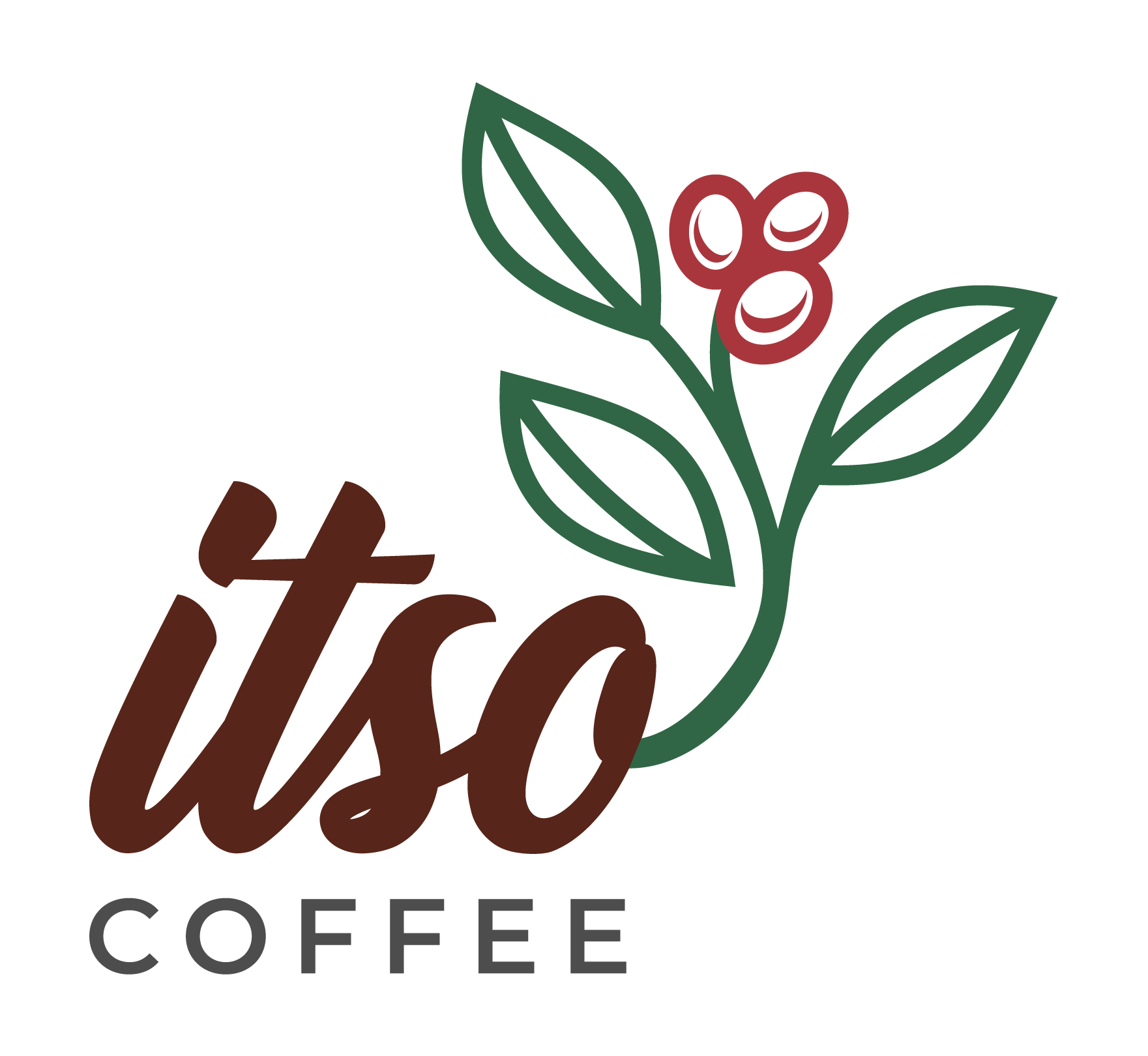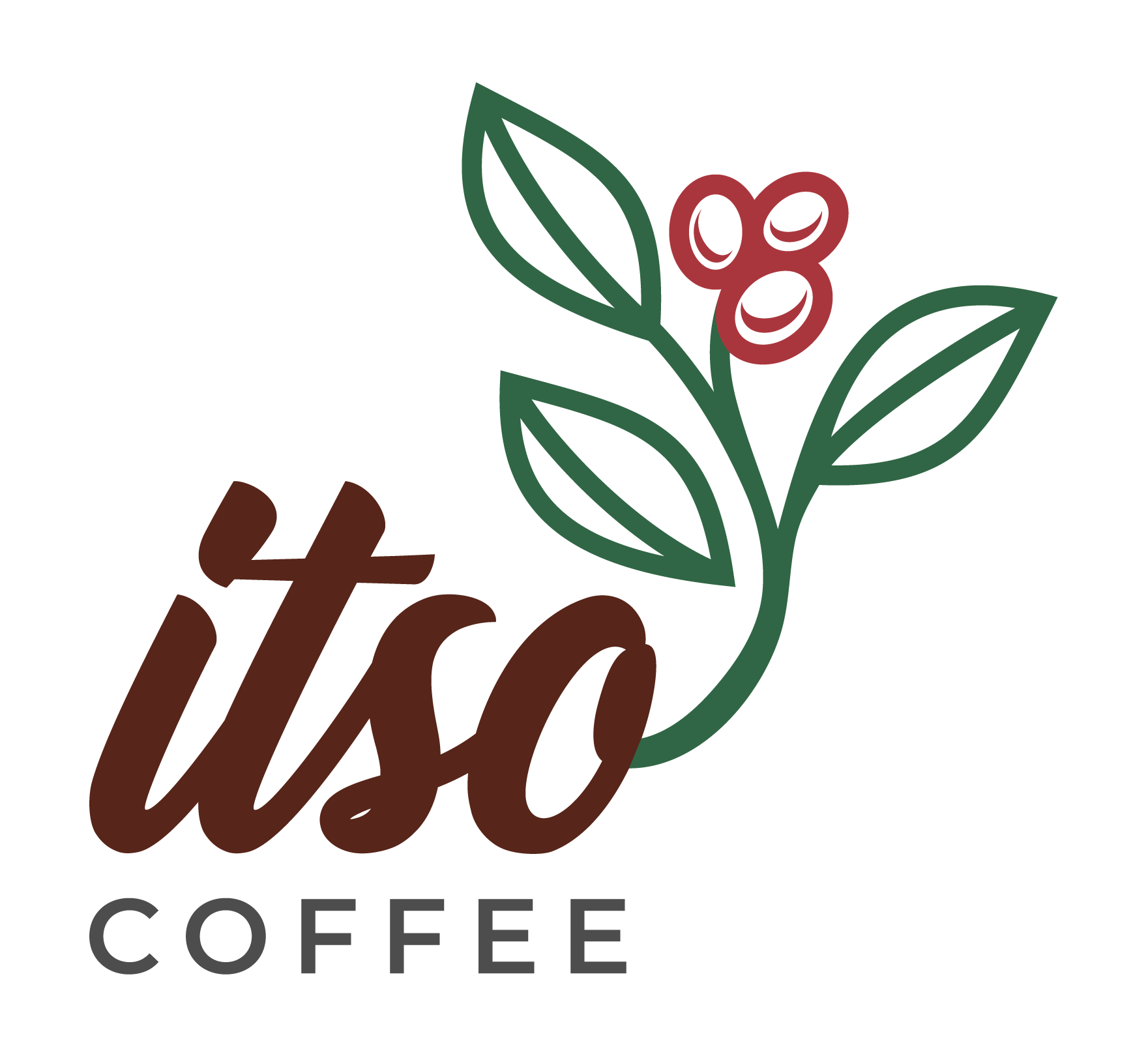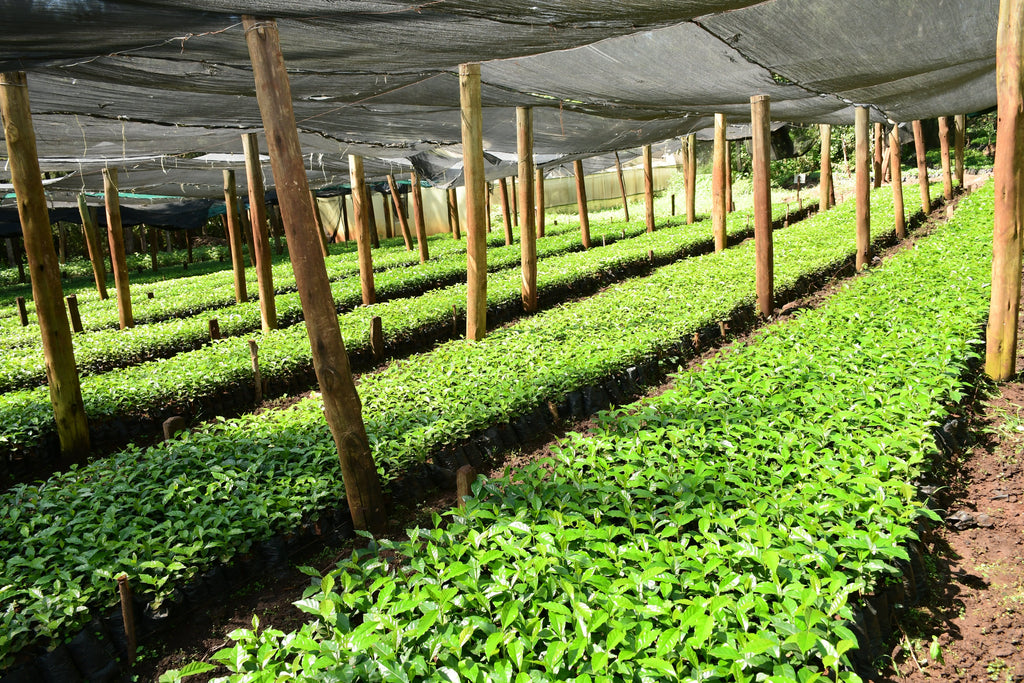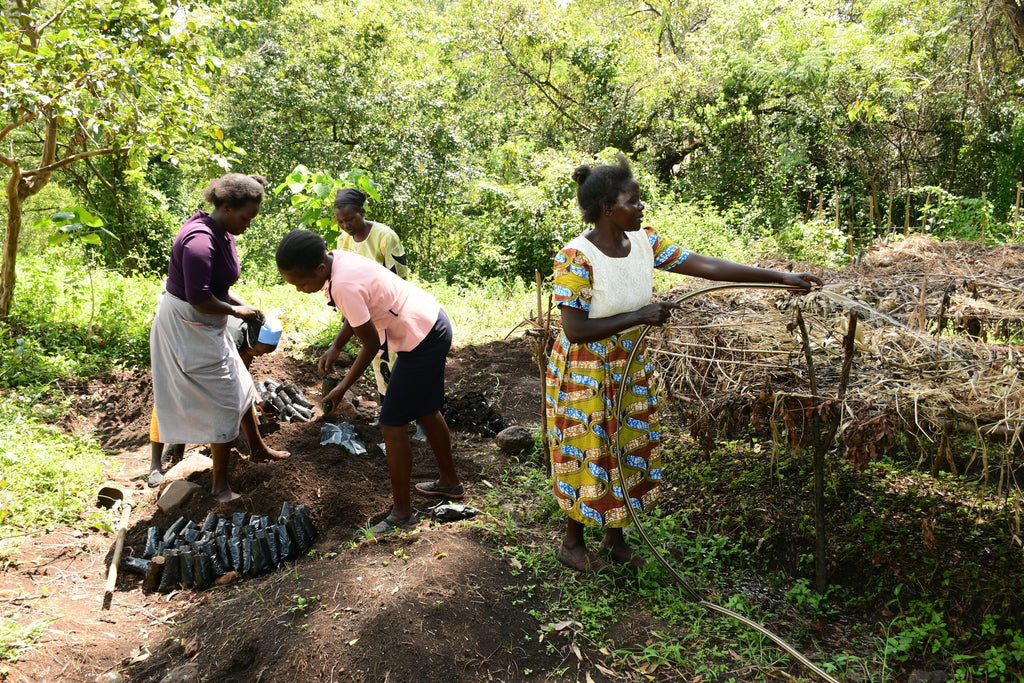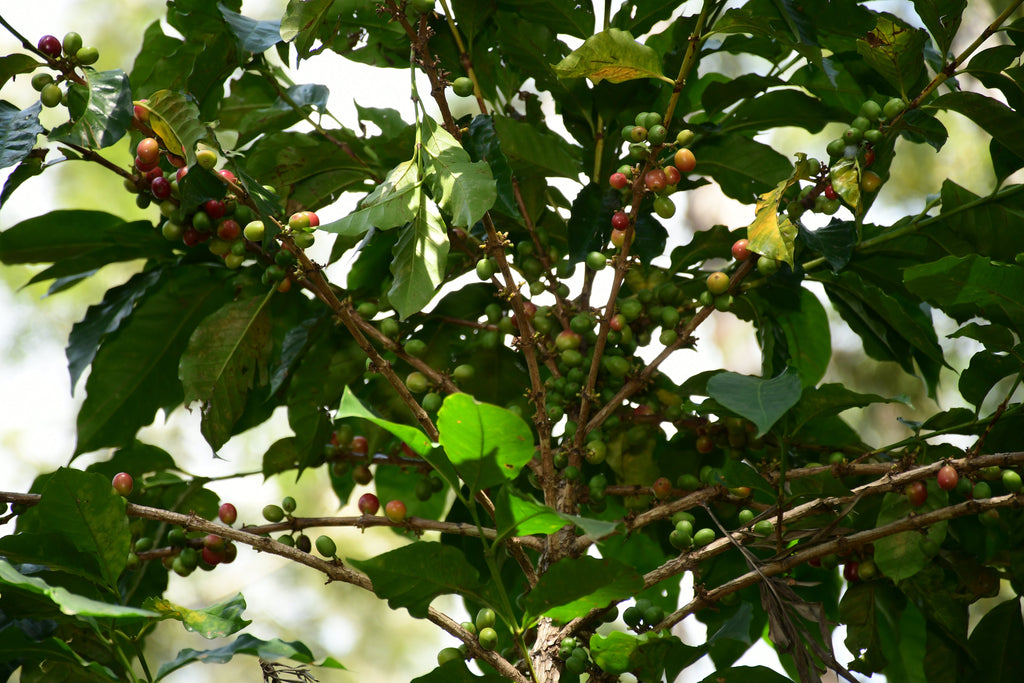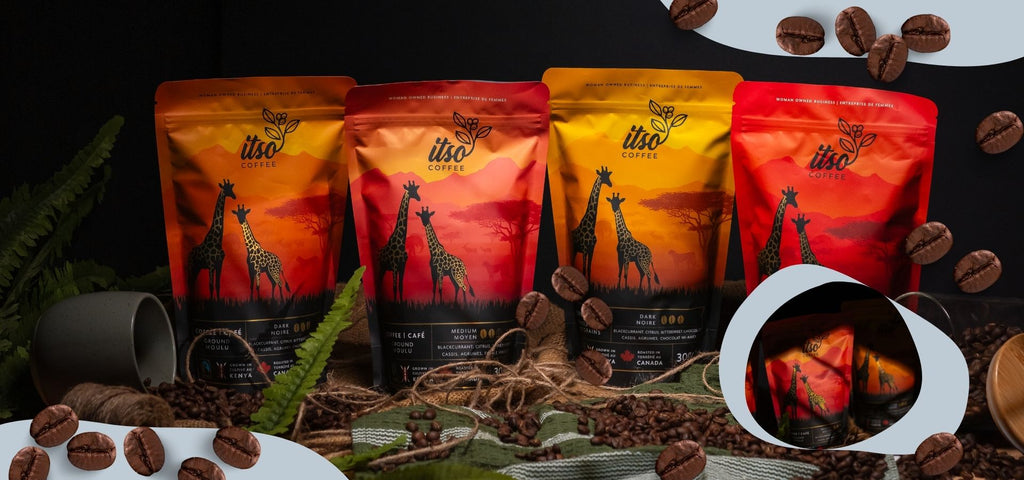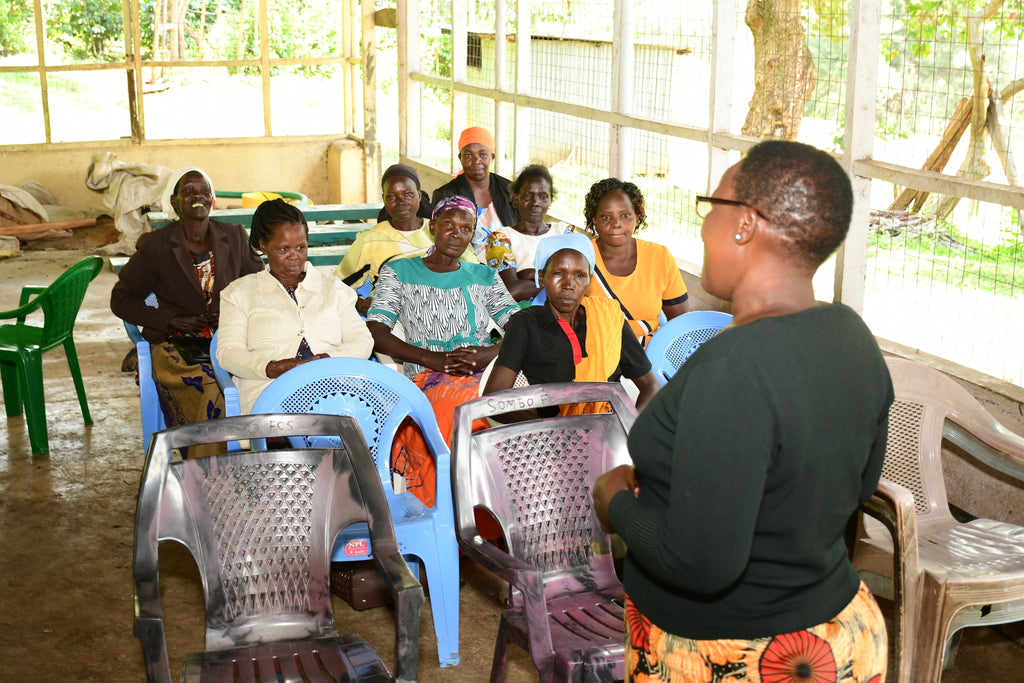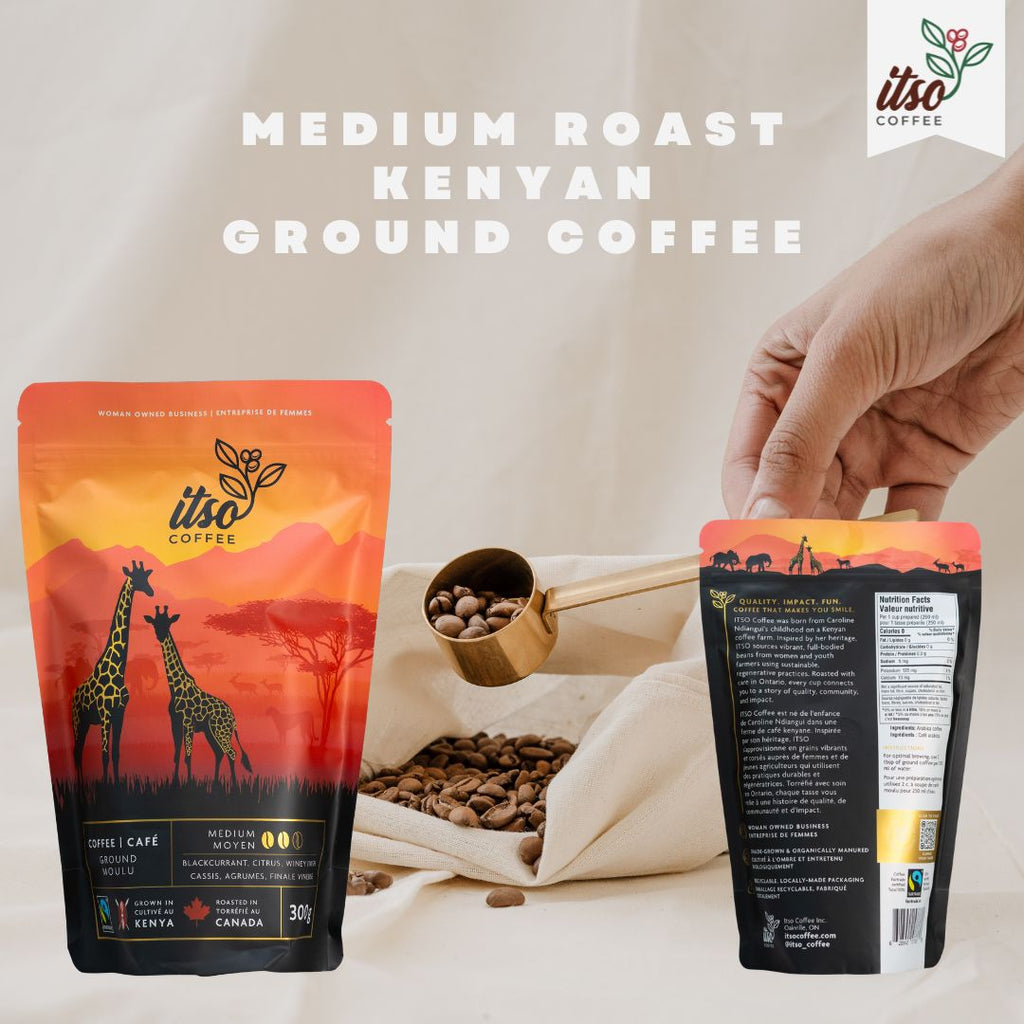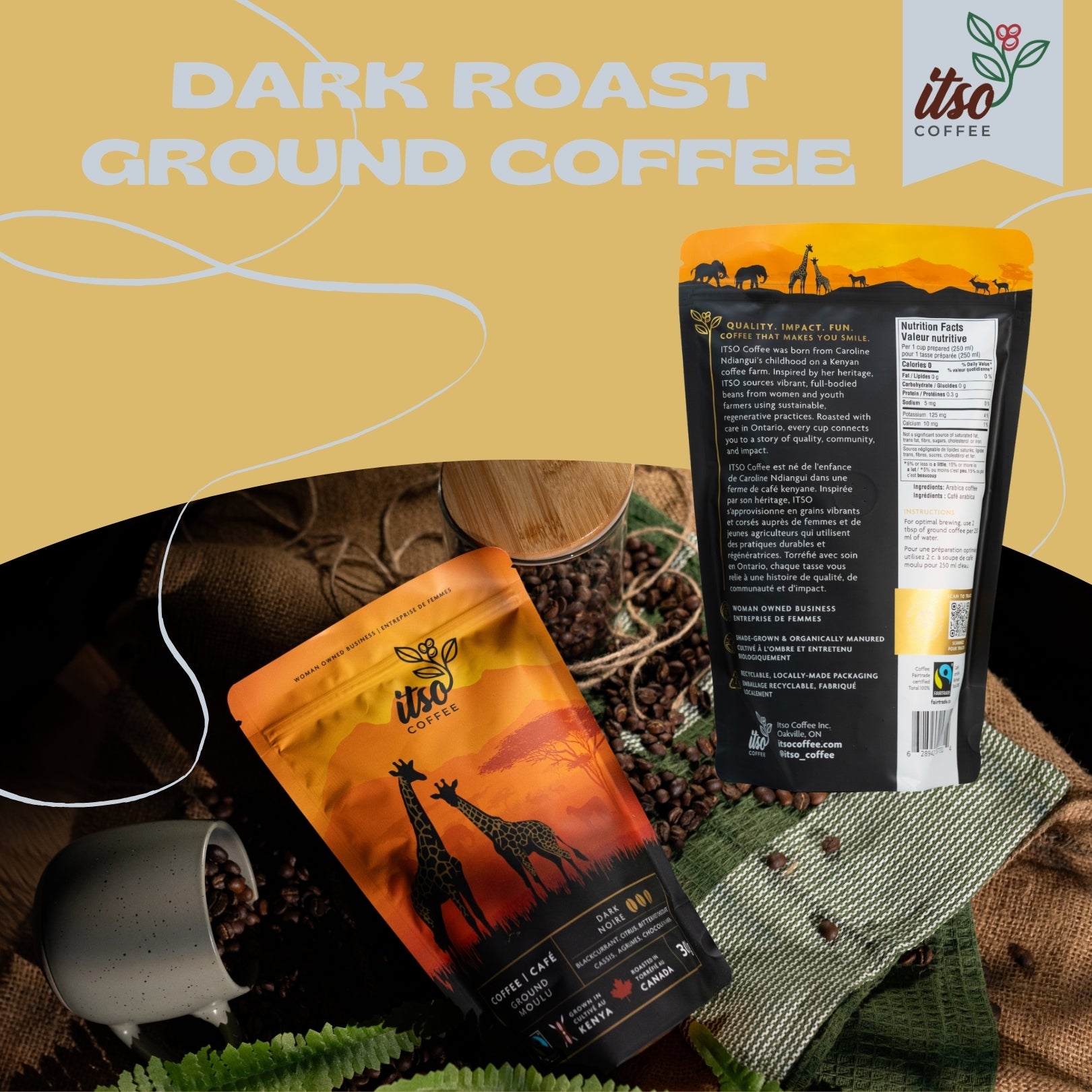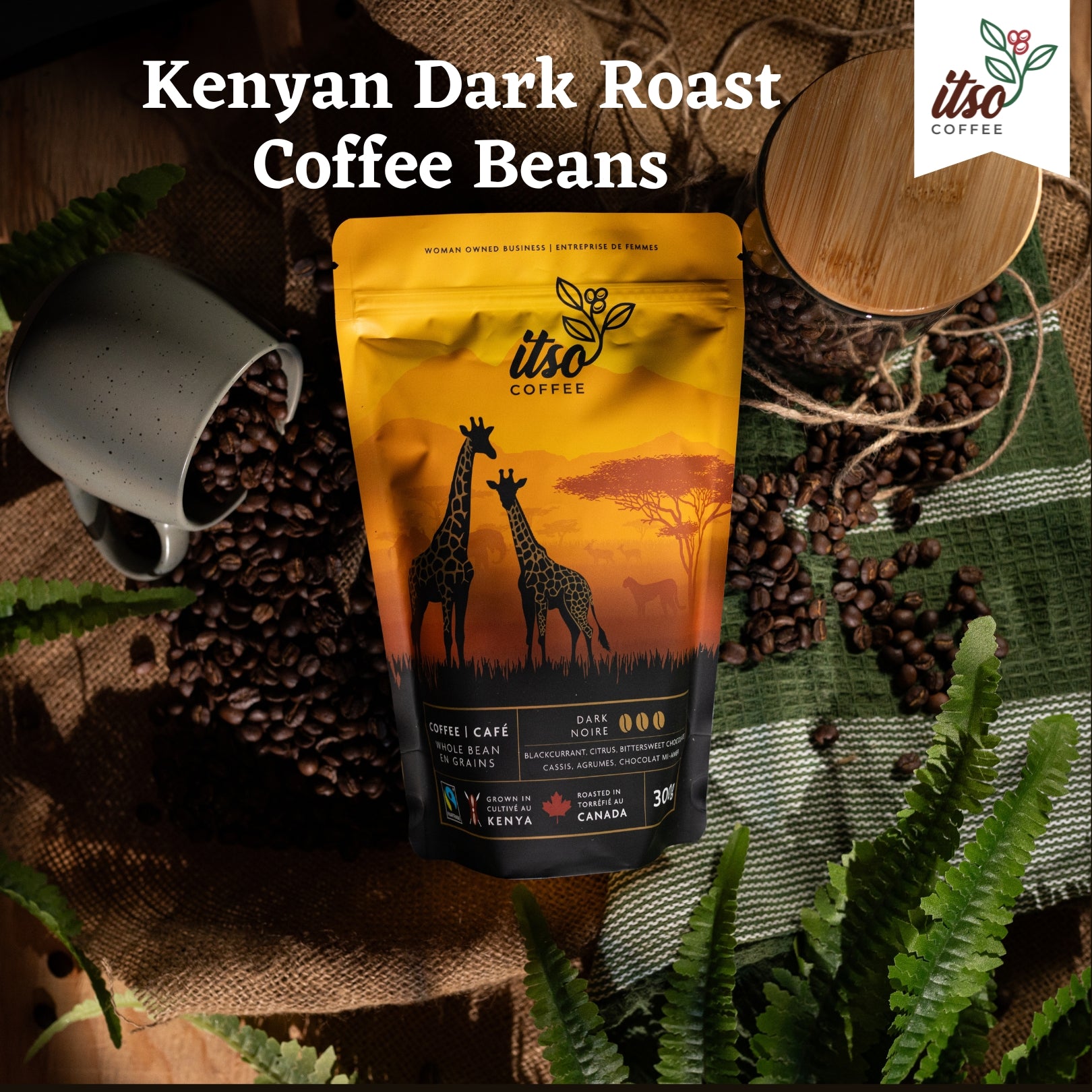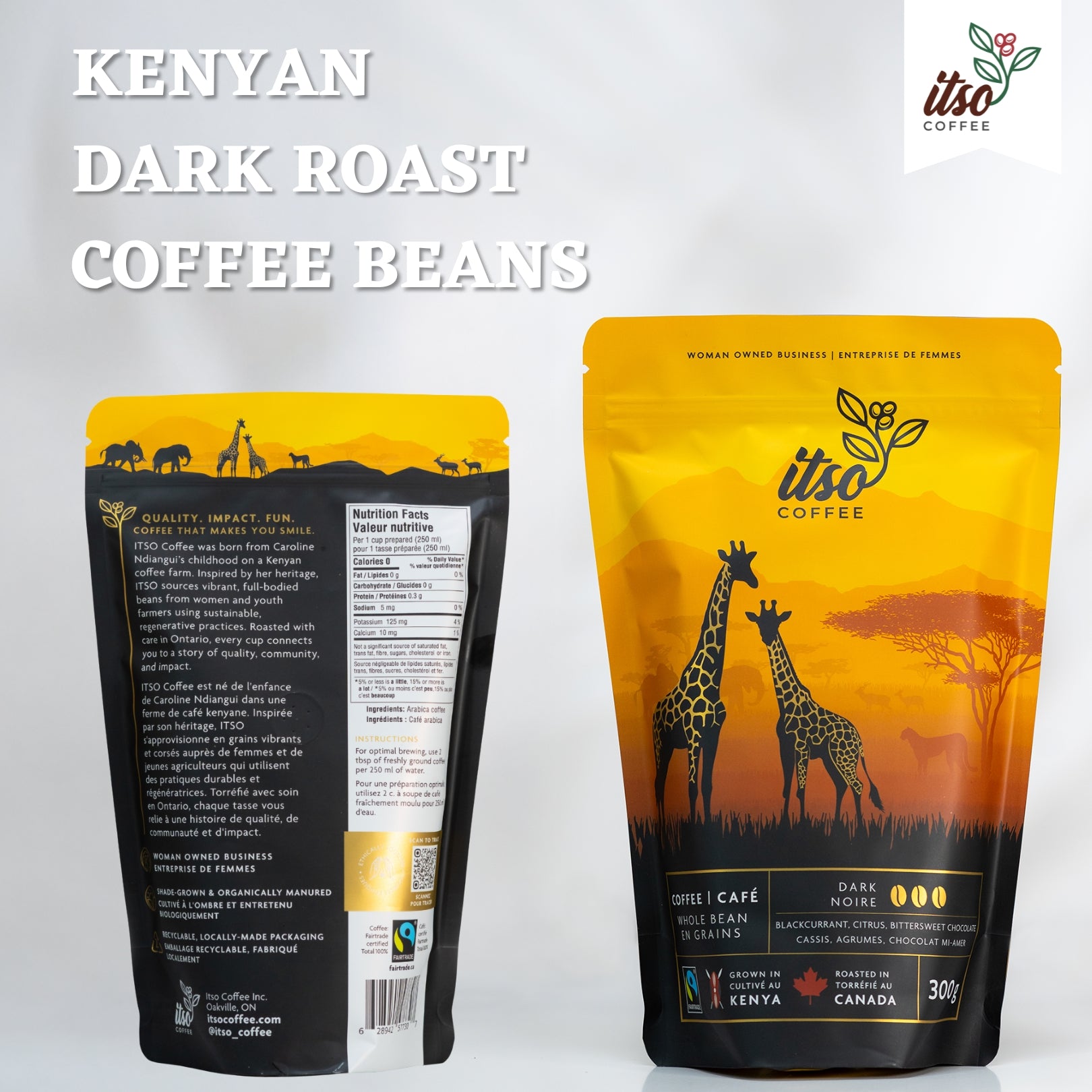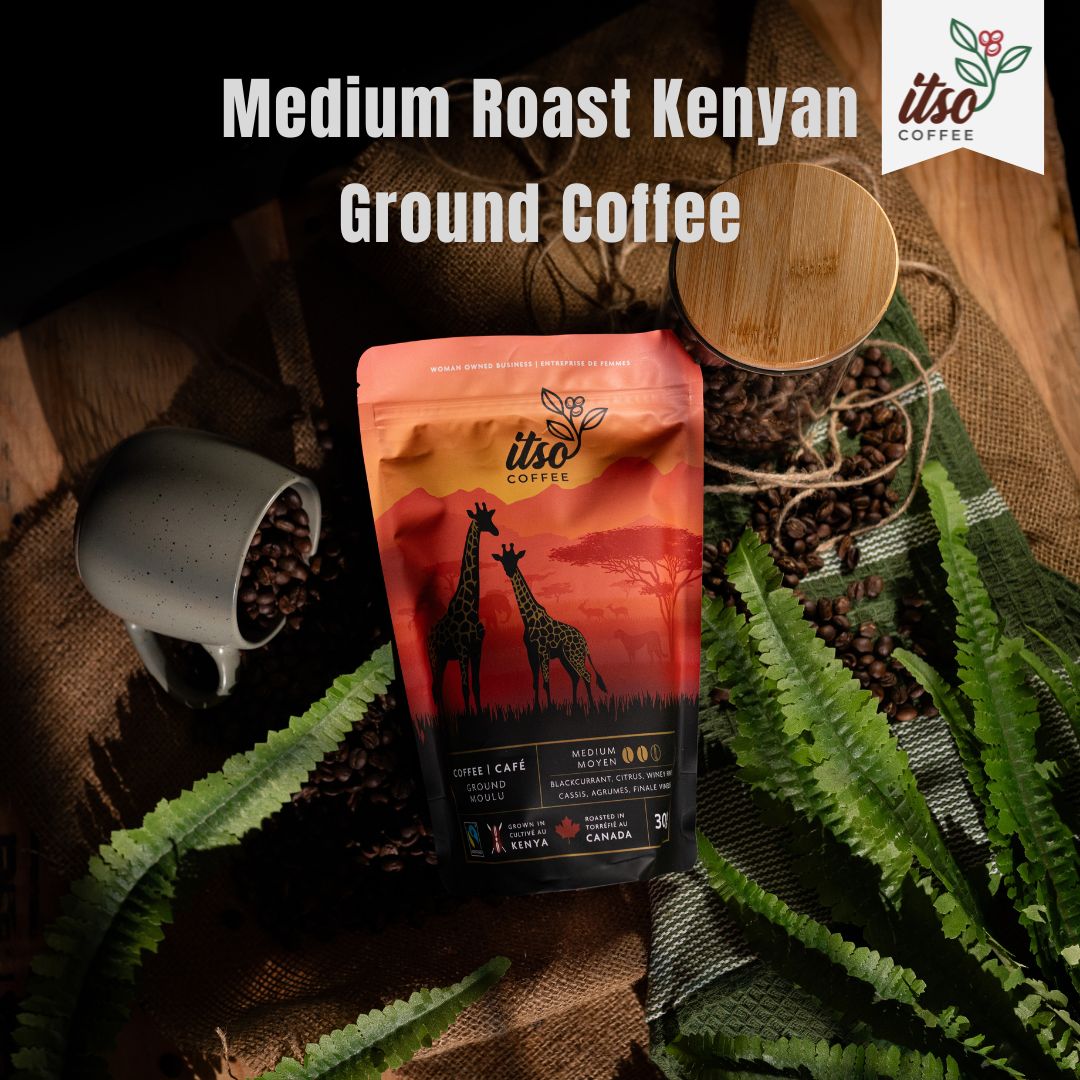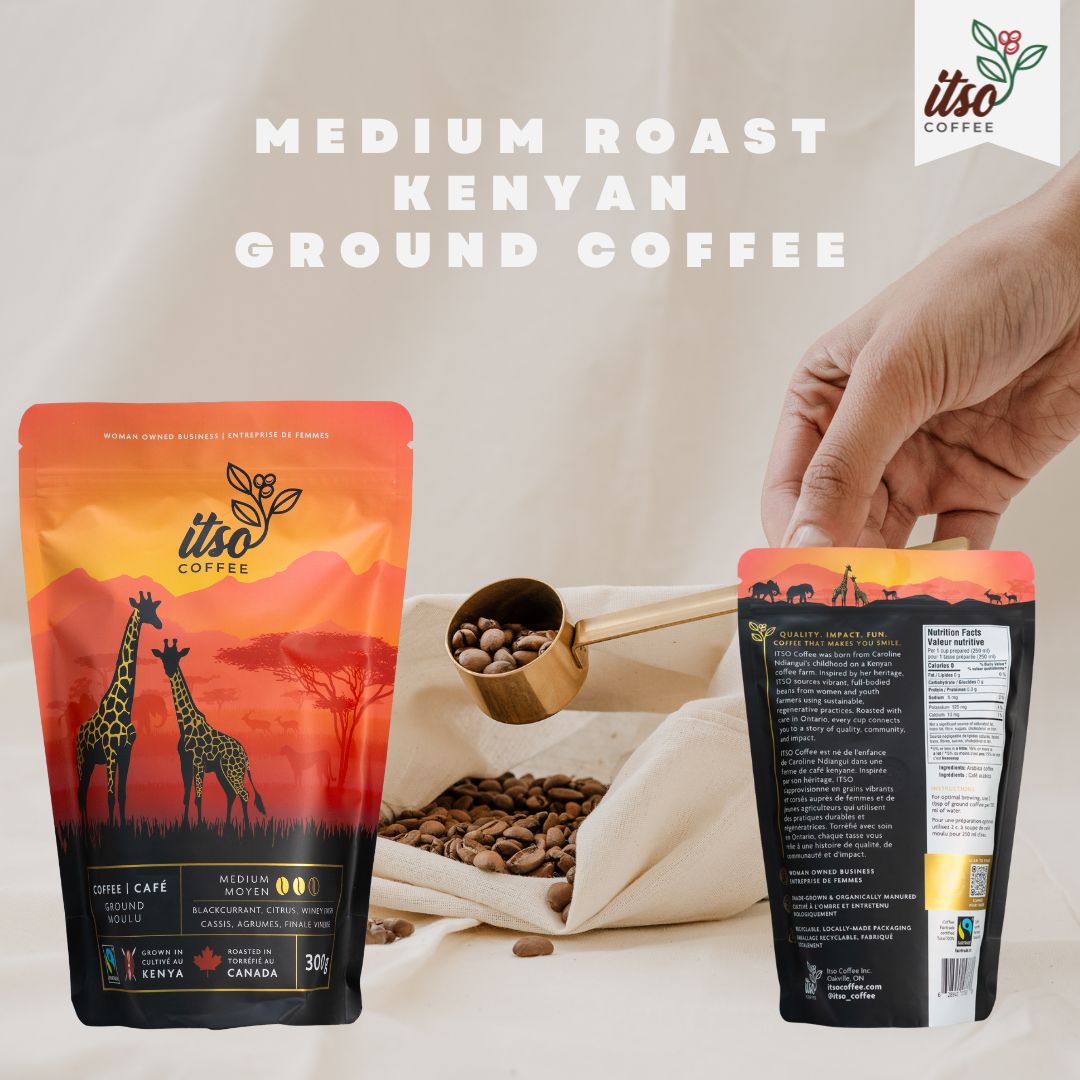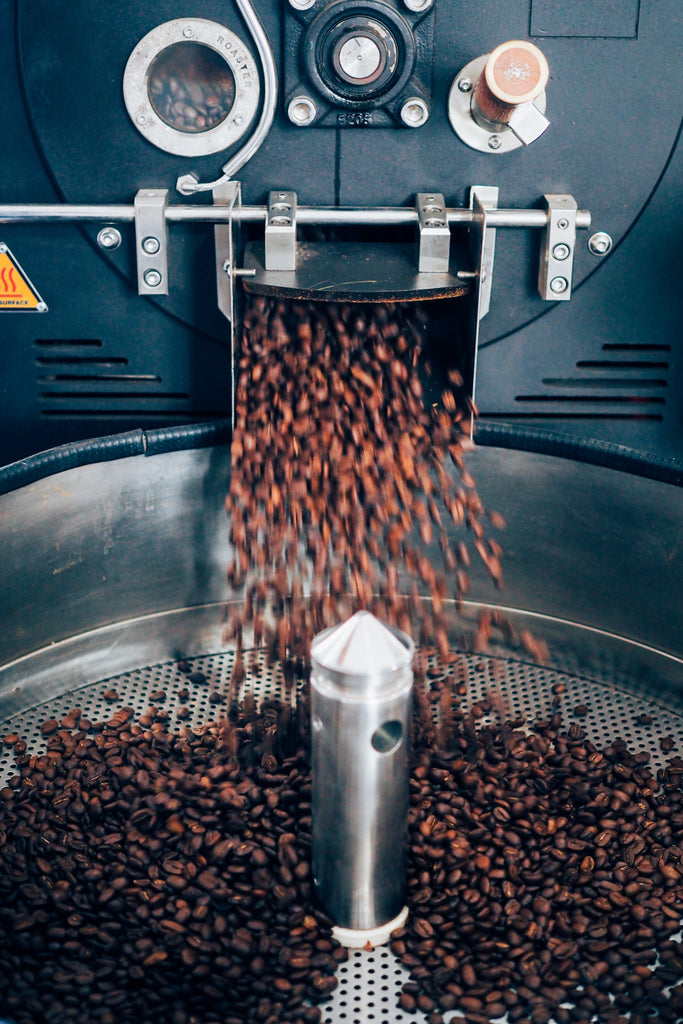
The Impact of Technology on Coffee Production and Consumption

Coffee, one of the world's most beloved beverages, has seen its production and consumption practices evolve dramatically over the years, largely due to advancements in technology. From the farm to the cup, technology has revolutionized the way coffee is grown, harvested, processed, brewed, and enjoyed. This blog explores the various ways technology has impacted coffee production and consumption, highlighting both the benefits and challenges that come with these changes.
1. Technological Advancements in Coffee Farming

a. Precision Agriculture
Precision agriculture has brought significant changes to coffee farming, allowing farmers to increase efficiency and sustainability. This approach involves using GPS technology, drones, and sensors to collect data on soil conditions, weather patterns, and crop health. With this information, farmers can make informed decisions about when to water, fertilize, and harvest their crops, leading to better yields and reduced resource usage.
For example, soil sensors can monitor moisture levels, ensuring that coffee plants receive the optimal amount of water. This not only conserves water but also prevents over-irrigation, which can lead to root diseases. Similarly, drones equipped with multispectral cameras can capture detailed images of coffee fields, identifying areas affected by pests or diseases before they spread. By targeting these areas with precision, farmers can reduce the need for broad-spectrum pesticides, which benefits both the environment and the quality of the coffee.
b. Coffee Plant Breeding and Genetic Engineering
Technology has also played a crucial role in the development of new coffee varieties that are more resilient to climate change, pests, and diseases. Through plant breeding and genetic engineering, scientists have been able to create coffee plants that can withstand higher temperatures, require less water, and are resistant to common coffee diseases such as coffee leaf rust.
For instance, the World Coffee Research organization has been working on developing hybrid coffee varieties that combine the best traits of different coffee species. These hybrids are not only more resilient but also produce higher yields and have better flavor profiles. Genetic engineering, while more controversial, offers the potential to introduce specific traits into coffee plants more quickly, potentially speeding up the development of varieties that can thrive in changing environmental conditions.
c. Automation and Robotics in Coffee Harvesting
Harvesting coffee is traditionally a labor-intensive process, particularly for high-quality coffee where only the ripest cherries are picked by hand. However, advancements in automation and robotics are beginning to change this. Robotic harvesters, equipped with cameras and sensors, can identify and pick ripe coffee cherries with precision, reducing the need for manual labor and increasing efficiency.
While these technologies are still in their early stages and primarily used in larger coffee plantations, they hold great promise for the future. Automation can help address labor shortages in coffee-growing regions and reduce the costs associated with manual harvesting. However, there are concerns about the potential displacement of workers and the impact on smallholder farmers, who may not have the resources to invest in such technologies.
2. Technology in Coffee Processing

a. Improved Coffee Drying Techniques
Drying is a critical step in coffee processing, as it affects the final quality of the coffee beans. Traditional drying methods, such as sun drying, can be inconsistent and time-consuming. Technological advancements have led to the development of mechanical dryers that offer more controlled and efficient drying processes.
Mechanical dryers can dry coffee beans more evenly and quickly, reducing the risk of fermentation and mold growth, which can spoil the beans. These dryers often come with automated controls that adjust temperature and airflow based on the moisture content of the beans, ensuring optimal drying conditions. This results in higher quality beans and reduces post-harvest losses, ultimately benefiting farmers by increasing their profits.
b. Fermentation Control
Fermentation is another critical stage in coffee processing, particularly for washed coffees. Traditional fermentation methods rely on natural processes that can be difficult to control, leading to variations in flavor and quality. Technology has introduced more precise fermentation control systems that monitor and regulate factors such as temperature, pH levels, and oxygen exposure.
These systems allow for more consistent fermentation, resulting in coffee beans with more predictable flavor profiles. Additionally, controlled fermentation can be used to experiment with different flavor characteristics, allowing coffee producers to create unique and high-quality coffees that appeal to specialty coffee markets.
c. Coffee Milling and Sorting
Advancements in milling and sorting technology have also improved the efficiency and quality of coffee processing. Modern milling machines are equipped with sensors and automated systems that can sort coffee beans based on size, weight, and color. This ensures that only the best beans make it to the final product, reducing defects and improving the overall quality of the coffee.
For example, optical sorters use cameras and lasers to detect and remove defective beans, such as those that are overripe, underripe, or damaged. This level of precision was not possible with traditional hand sorting methods, and it allows coffee producers to deliver a more consistent product to consumers.
3. Technological Innovations in Coffee Brewing

a. Advanced Home Brewing Equipment
The way people brew coffee at home has been transformed by technology, making it easier than ever to achieve café-quality results. Advanced home brewing equipment, such as precision grinders, espresso machines, and smart coffee makers, allows consumers to have more control over the brewing process.
Precision grinders, for instance, offer consistent grind sizes, which is crucial for brewing a balanced cup of coffee. Espresso machines with programmable settings allow users to adjust variables like temperature, pressure, and extraction time, enabling them to fine-tune their coffee to their taste preferences. Smart coffee makers can be controlled via smartphone apps, allowing users to start brewing remotely, schedule brewing times, and even receive recommendations based on their coffee preferences.
b. The Rise of Single-Serve Coffee Machines
Single-serve coffee machines, such as Nespresso and Keurig, have gained popularity due to their convenience and consistency. These machines use pre-packaged coffee pods or capsules that contain a precise amount of coffee, making it easy for consumers to brew a single cup of coffee with minimal effort.
While single-serve machines offer convenience, they have also raised concerns about environmental impact due to the waste generated by used coffee pods. In response, manufacturers have started to develop recyclable and biodegradable pods, as well as refillable options that allow users to use their own coffee grounds.
c. Cold Brew and Nitro Coffee Technology
Cold brew coffee, which involves steeping coffee grounds in cold water for an extended period, has become increasingly popular in recent years. Advances in cold brew technology have made it easier to produce cold brew coffee on a large scale, leading to the availability of ready-to-drink cold brew in supermarkets and cafés.
Nitro coffee, which infuses cold brew coffee with nitrogen gas, has also gained popularity for its smooth, creamy texture and rich flavor. Specialized equipment is required to produce nitro coffee, and the technology has been embraced by coffee shops looking to offer a unique and trendy product.
4. E-commerce and Digital Marketing in the Coffee Industry

a. The Growth of Online Coffee Sales
The rise of e-commerce has had a profound impact on the coffee industry, particularly during the COVID-19 pandemic when many consumers shifted to online shopping. Coffee producers, roasters, and retailers have embraced online platforms to sell their products, offering a wide variety of options to consumers worldwide.
Subscription services have become especially popular, allowing consumers to receive freshly roasted coffee delivered to their doorstep on a regular basis. These services often provide personalized recommendations based on the consumer’s taste preferences, enhancing the overall coffee experience.
b. Digital Marketing and Social Media
Digital marketing and social media have become essential tools for coffee brands to connect with consumers and build brand loyalty. Platforms like Instagram, Facebook, and TikTok are used to share visually appealing content, such as latte art, brewing tips, and behind-the-scenes glimpses of coffee production.
Social media also allows coffee brands to engage with their audience through interactive content, such as polls, Q&A sessions, and live-streamed coffee tastings. This level of engagement helps build a community of coffee enthusiasts and can drive sales by creating a strong brand presence online.
c. Blockchain Technology and Transparency
Blockchain technology is being used in the coffee industry to enhance transparency and traceability. By recording every step of the coffee supply chain on a blockchain, consumers can access detailed information about the origin of their coffee, including where it was grown, how it was processed, and the conditions under which it was produced.
This level of transparency is particularly important for consumers who are concerned about ethical sourcing and sustainability. Blockchain technology also benefits coffee producers by allowing them to showcase the quality and provenance of their coffee, potentially commanding higher prices in the market.
5. Sustainability and Environmental Impact

a. Reducing the Carbon Footprint of Coffee Production
Technology is playing a key role in reducing the carbon footprint of coffee production. Innovations in farming practices, such as precision agriculture and automated irrigation systems, help conserve resources and reduce greenhouse gas emissions. Additionally, advances in processing technology, such as energy-efficient dryers and solar-powered coffee mills, contribute to more sustainable production methods.
b. Eco-Friendly Packaging Solutions
As consumers become more environmentally conscious, the demand for eco-friendly packaging has grown. Coffee companies are exploring sustainable packaging solutions, such as compostable bags, recyclable coffee pods, and reusable containers. These innovations help reduce the environmental impact of coffee packaging and align with the growing consumer demand for sustainable products.
c. Waste Reduction and Recycling Initiatives
Technology is also being used to reduce waste in the coffee industry. For example, some companies are developing methods to recycle coffee grounds into products like biofuels, cosmetics, and compost. Additionally, advancements in brewing technology, such as single-serve machines with refillable pods, help reduce the amount of waste generated by coffee consumption.
Conclusion

The impact of technology on coffee production and consumption is profound and multifaceted. From the farm to the cup, technology has improved efficiency, quality, and sustainability, while also providing consumers with new and exciting ways to enjoy coffee. As the industry continues to evolve, it will be crucial for coffee producers, retailers, and consumers to embrace these technological advancements while also addressing the challenges they present. By doing so, the coffee industry can continue to thrive and meet the growing demand for high-quality, ethically sourced, and sustainably produced coffee.
